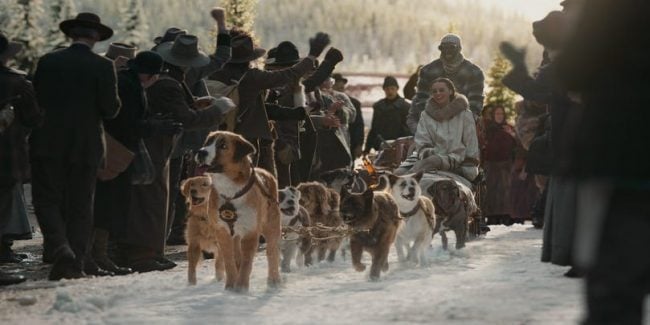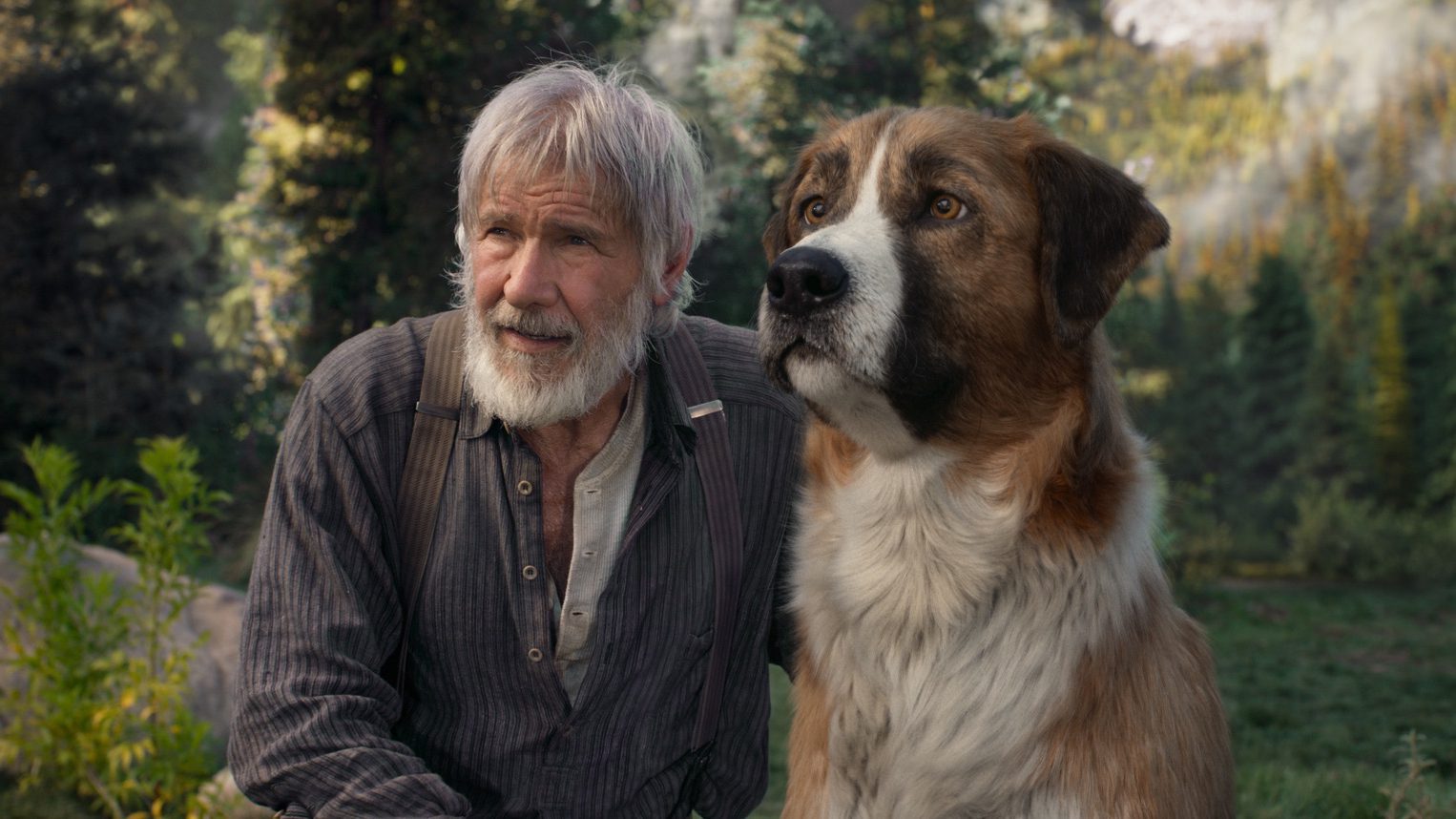Many children in grade school must read Jack London’s book “Call of the Wild.” Due to this requirement, fans of the book continue to grow with each passing grade. Fans will remember the ugly truth about nature London lays out on each page. The acts of violence, along with multiple deaths, stay with children as they read this book. The book, first published in 1903, solidifies its effect on readers since it is still relevant today.
Disney takes a different approach in the film to make it more family-friendly. In the book, the man in the red sweater is a bloodthirsty psycho who seems to beat buck within an inch of his life. In the film, however, Buck is only hit one time by this character. Animal violence in any movie is hard to watch, so the fact that Disney left these scenes out is not necessarily a bad thing. While Buck’s life in the film is sad, it doesn’t come close to being as devasting as the book makes it out to be. The brutality of man is prominent on almost every page of the book, but in the film, there are only a few instances where we see how harsh humans can be to animals leaving out the “mercy killings” the book describes. Electing to leave out most of the death scenes is not much of a surprise in the film. One scene that sticks out in the book is when an entire team of sled dogs (minus Buck) drowns when the ice breaks as they are crossing a river. While Disney is no stranger to death scenes, they chose a different path in the film, and all the dogs escape without harm.

The book always makes Buck the center of attention; however, in the movie, we see the time split between dog and man, Jack Thornton’s man (Harrison Ford). Ford Narrates the film, which gives the feeling of him being the star. The narration was another decision that did not come as a surprise. Film lovers have an easier time following the tale of someone they can relate to rather than an animal, regardless of how unique and lovable the animal may be. Certain films pull that dynamic off, but it is always a gamble, one I do not think Disney wanted to make. The first time Thornton appears in the film is when Buck is coming off the boat that brought him to Alaska after being taken from his luxurious life. We then see him again when he saves buck from the hands of Hal (Dan Stevens). The book made it pretty clear that we were following the life of Buck, and although Jack Thornton was a large part of that life, being one of the first men to show love and kindness to Buck, he was only a small part of his tale. The film takes its liberties here and has Jack and Buck’s relationship seem like it is the final chapter of the story.
The book’s overall tone is that Buck is continuously evolving into the wild dog that rages within him and his eagerness to join the pack running in the woods grows with each page. Conflict within Buck plays a significant role in the development of the book, and a large part of that has to do with the evil nature of humankind to him. Since the film leaves a lot of that violent nature out, it stands to reason this desire to run wild with the wolves plays out for the film’s final act. The written work weaves in and out a tribe of Native peoples called the “Yeehat” who ultimately kill Jack Thornton, causing Buck to turn his back on any domestication left within him and kills as many of the murderers as he can. The film opted out of bringing in the fictional tribe of the Yeehat for any scene.
It is unfair to judge the film based on the book due to both types of media. The film connects the audience to Ford’s character Thornton through his narrations and back story. The book chose to join its readers to what it was like to be a dog ripped from his home and forced into virtually slave labor at the hands of a violent and uncaring race of humans. Both the film and book do a fantastic job of pulling in their audiences. However, they do so in different ways. Jack London was a master at his craft, painting an exotic and breathtaking picture of what life was like in Alaska. London’s works have influenced many to escape their day-to-day lives and fled to the great white North. The film does that great of a job showcasing the splendor that Alaska has to offer. Several scenes do a great job portraying the landscape as a beautiful and unmatched work of art, but it falls short of inspiring the same kind of spirit the book ignited.
It is important to note that one version is not better than the other version. The fact that both deliver a message in a unique voice is both satisfying and entertaining. London birthed this story through his imagination and desire to explore the great Alaskan wild. Disney took the inspiration of great storytelling, colorful characters, and man and beast’s relationship and left their fingerprints on the tale.
Written exclusively for TheLastPicture.Show by Jacob Ruble
Disclosure: The links on this page are “Affiliate Links” and while these are shown at no costs to our viewers, they generate commissions for our website(s)

